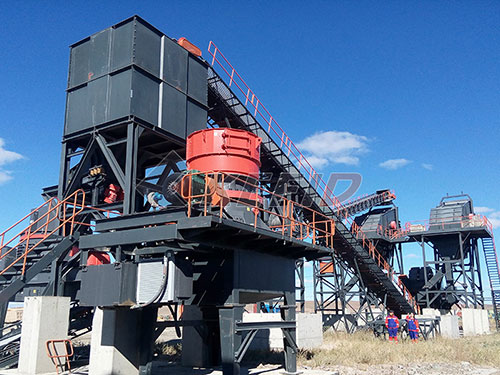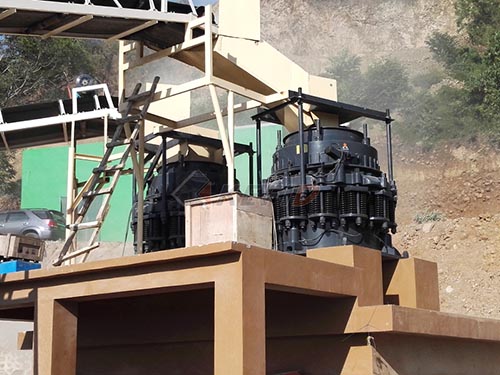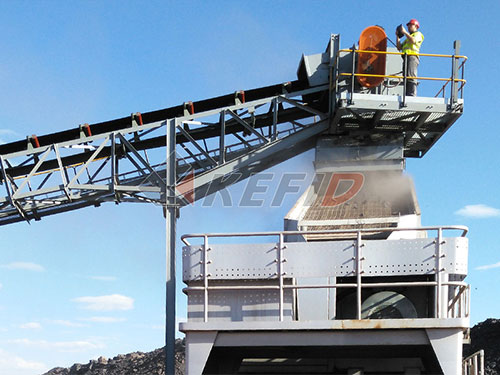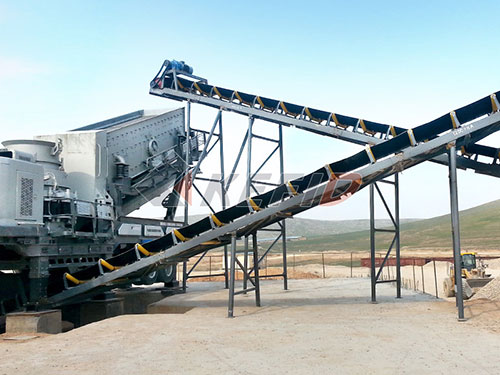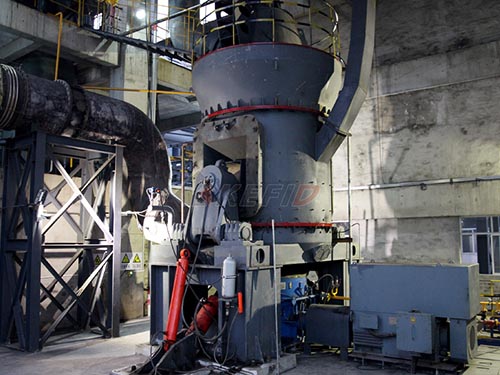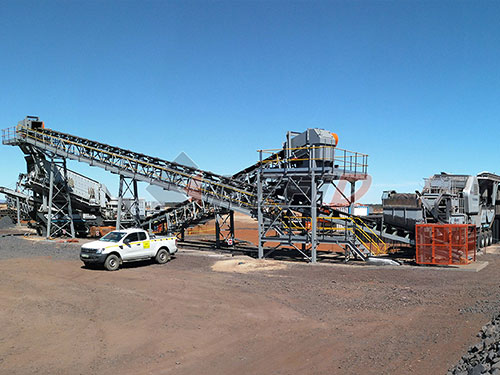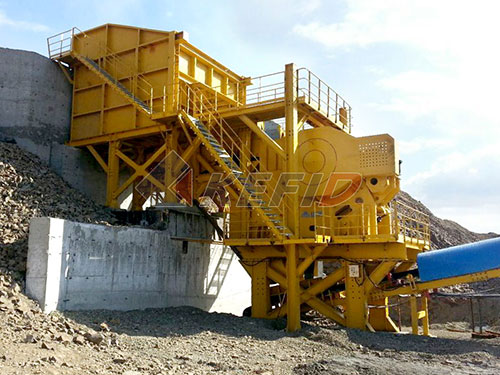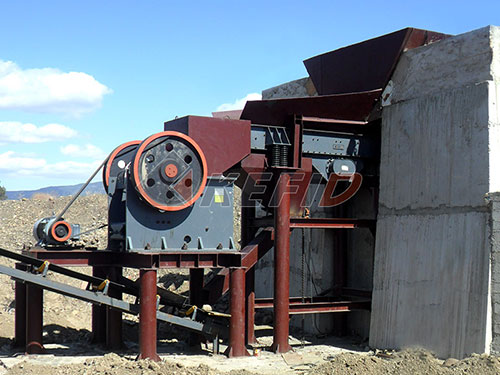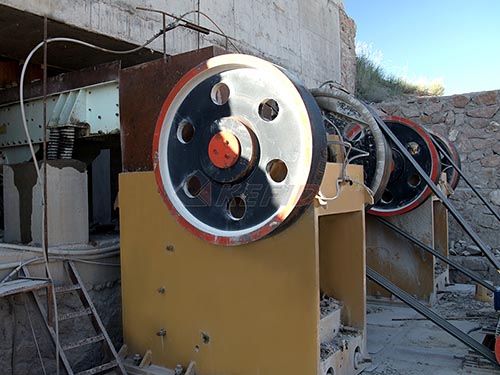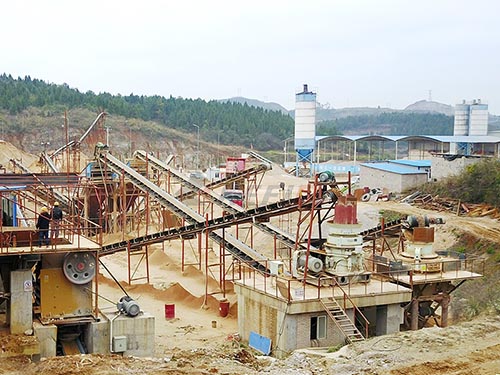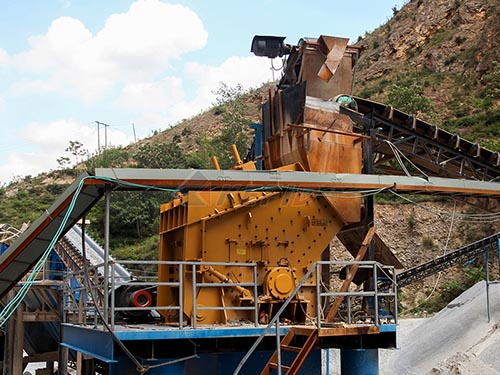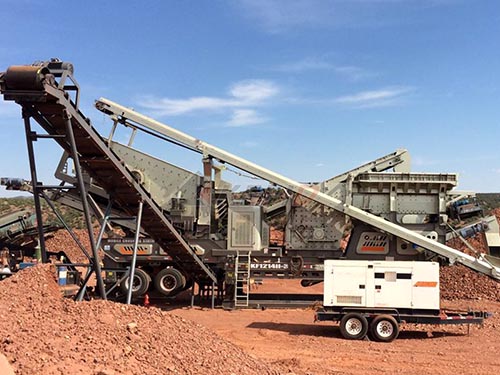Here’s a professional, value-driven article on the topic of consensual power dynamics within BDSM practices:
Exploring Power Dynamics: Understanding Consensual Dominance Practices
Within the diverse spectrum of BDSM practices, certain activities center around symbolic displays of control and surrender—one such example being consensual thigh-based head compression (“thigh head crushing”). This practice exists within the broader context of Femdom (Female Dominance), where psychological and physical power exchange is negotiated between partners.
Psychological Foundations
At its core, this act represents a ritualized demonstration of dominance and submission:
– Symbolic Power Transfer: The submissive partner’s position beneath the dominant’s thigh signifies vulnerability and trust.
– Sensory Intensity: Pressure creates physiological feedback (restricted breathing, muffled senses), amplifying psychological submission or dominance euphoria.
– Control & Consent: Unlike non-consensual acts, this is governed by pre-agreed boundaries and mutual respect—core tenets of ethical BDSM.
Safety as Non-Negotiable Priority
Engaging safely requires rigorous protocols:
1. Explicit Consent: Clear negotiation outlining pressure limits, duration, and safe words/signals (e.g., hand tapping).
2. Anatomical Awareness: Avoiding direct pressure on the trachea or cervical spine; focusing on muscular areas like thighs/upper back reduces injury risks.
3. Physical Monitoring: Dominants must watch for distress signals (skin discoloration, erratic movement) and maintain constant communication checks (“Color?”).
4. Medical Contraindications: Participants with cardiovascular issues, neck injuries, or respiratory conditions typically avoid such activities entirely.
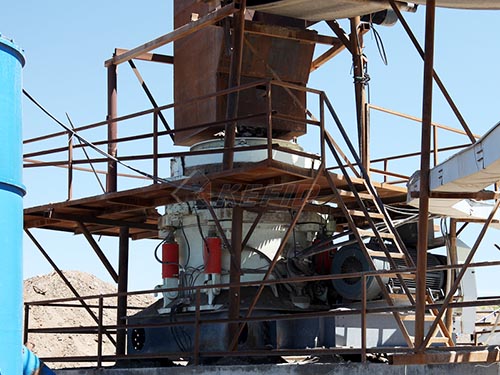
The Role of Aftercare
Post-scene care is vital for emotional grounding:
– Physical reconnection (hydration, warmth)
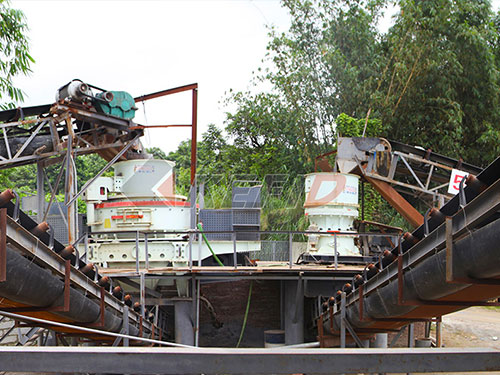
– Affirmational dialogue to reinforce mutual respect
– Processing emotions to prevent “drop” (post-adrenaline fatigue)
Ethical Context & Misconceptions
Outside observers may misinterpret these acts due to their visually intense nature—but within BDSM frameworks:
– Activities are symbolic, not violent; pain/pressure thresholds are predetermined and respected at all times.
– Power lies fully with the submissive via safewords; dominants act as stewards of agreed-upon boundaries—a profound responsibility often overlooked in mainstream discourse.
Why This Approach Matters
This article reframes a niche practice



